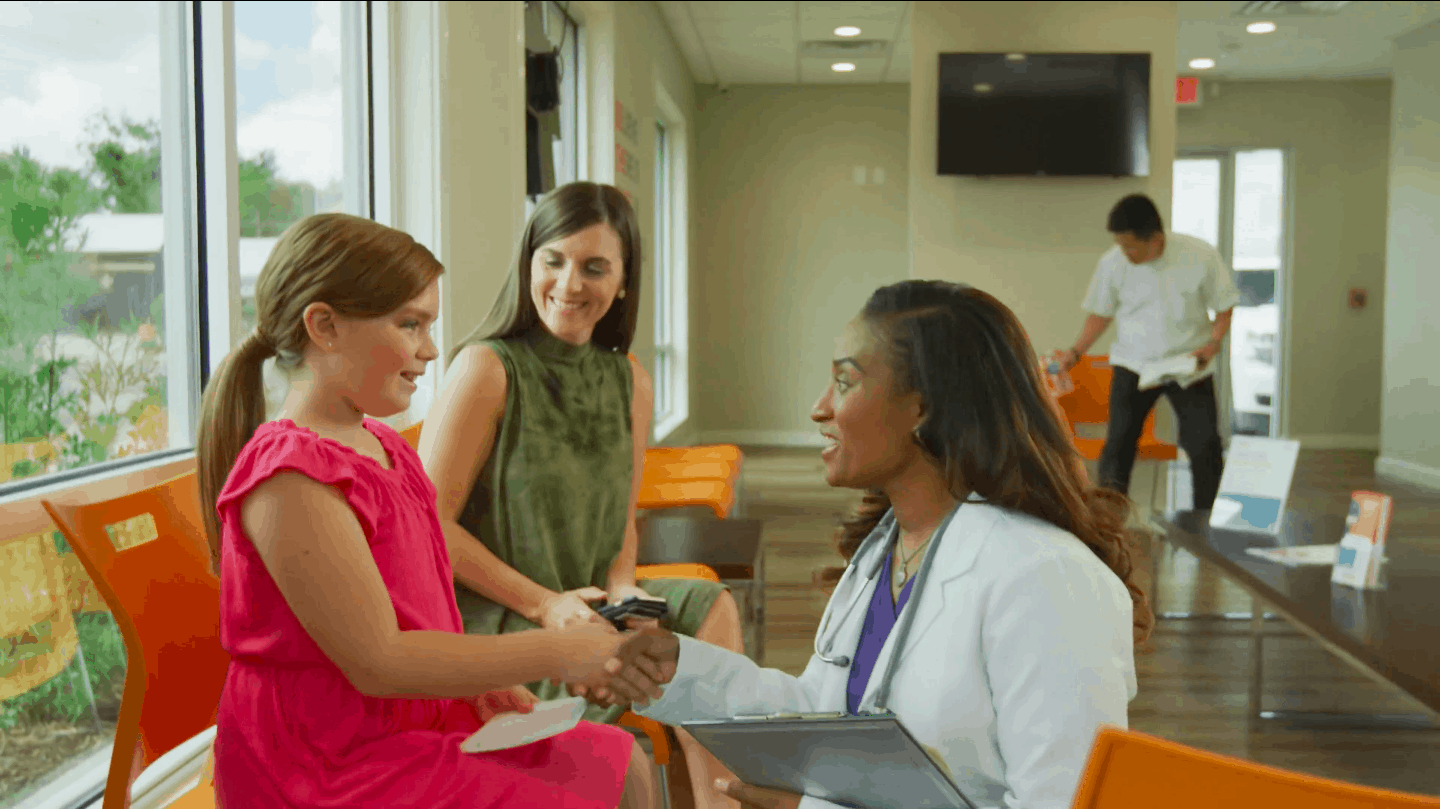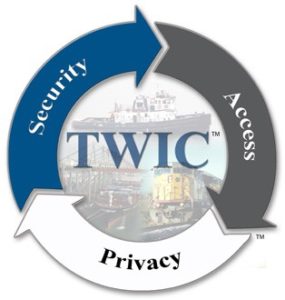Workplace policies around the coronavirus are constantly evolving. And, nowhere is it more important than in healthcare facilities. But how are those policies communicated? How do healthcare workers stay up to date on the latest practices? And, how do patients access the medical assistance and knowledge they need to be responsible and well during a global pandemic?
Let’s take a look at how video improves healthcare practice and patient experience + how video improves healthcare in a coronavirus world.
Video Supports Medical Training & Professional Development
The statistics for video implementation and efficacy in training programs are hardly necessary at this point. It’s 2020. Even if we weren’t working through social distancing and WFH policies, video would still be growing in the training industry.
In fact, did you know that “more than 66% of physicians use online videos to stay abreast of the latest clinical information, spending an average of 11 hours per week on professional training and development.”
Video is an essential training mechanism and professional development tool for those medical workers healthcare facilities. In every profession, newcomers and veterans alike rely on others to share their institutional expertise. It’s a tool that can be stored, shared, and referenced when needed.
Video Offers Safe Medical Care
Right now, patients across America are weighing the benefits of a visit to their doctor with the cost of potential coronavirus exposure. Even with precautions, there is a looming threat to our health when we walk into a healthcare facility.
Through video, doctors and patients have the ability to provide and access necessary care and expertise when the risk of exposure is high.
Telehealth offers synchronous, asynchronous, and remote patient monitoring opportunities through video tools. And, this technology not only helps to mitigate potential infection of COVID by visiting a doctor’s office, but it’s also more cost-effective and accessible.
Video Creates Opportunity for Patient Follow-Ups
Prior to the coronavirus pandemic, healthcare providers were beginning to offer virtual visits to their patients, especially for patients who need follow-ups or have health limitations that prevent frequent mobility or trips to the doctor.
It’s no surprise that this resource is growing in demand right now.
Recently, the American Medical Association commented on the explosive growth telehealth industry: “We have moved forward a decade in the use of telemedicine in this country and it’s going to become, and will remain, an increasingly important part of physician practices going forward.”
It’s not a question of if this trend will continue after the pandemic passes, it’s a question of how.
Video Educates a Population in Need
From masks to gloves to hand washing, misinformation about the coronavirus is flying across our screens and through the rumor mills at an impossible speed. We need trustworthy sources of information – like our local healthcare facilities – to keep the public abreast of rates of infection and how we can best combat them.
What better way to communicate those safety measures than through video?
Visual stimulation is key to effective learning in our modern world. So, why would we approach key public health messaging differently?
Video Allows for Faster Internal Communication
We’ve established that video is a way to grab attention and share information in a way that’s engaging and accessible.
But, did you know, “employees are likely to retain 95% of a message when it’s delivered to them in the form of a video.”
That’s crucial. Video is a great way to communicate with a workforce that largely isn’t checking their email all day. Memos are easy to miss and easier to ignore, especially when patient demands and care are high.
It’s the quickest way to convey complex messages, to display new forms of practice. It’s cost-effective and appeals to all learning styles. And, perhaps most importantly of all, it eliminates unnecessary in-person meetings, allowing for more productivity.









